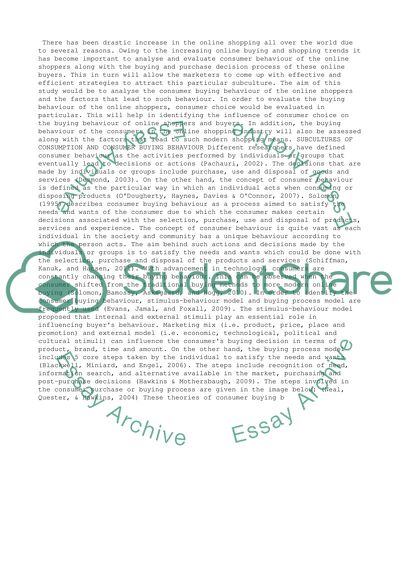Cite this document
(“Consumer Behaviour Essay Example | Topics and Well Written Essays - 2000 words - 2”, n.d.)
Consumer Behaviour Essay Example | Topics and Well Written Essays - 2000 words - 2. Retrieved from https://studentshare.org/management/1470553-consumer-behaviour
Consumer Behaviour Essay Example | Topics and Well Written Essays - 2000 words - 2. Retrieved from https://studentshare.org/management/1470553-consumer-behaviour
(Consumer Behaviour Essay Example | Topics and Well Written Essays - 2000 Words - 2)
Consumer Behaviour Essay Example | Topics and Well Written Essays - 2000 Words - 2. https://studentshare.org/management/1470553-consumer-behaviour.
Consumer Behaviour Essay Example | Topics and Well Written Essays - 2000 Words - 2. https://studentshare.org/management/1470553-consumer-behaviour.
“Consumer Behaviour Essay Example | Topics and Well Written Essays - 2000 Words - 2”, n.d. https://studentshare.org/management/1470553-consumer-behaviour.


